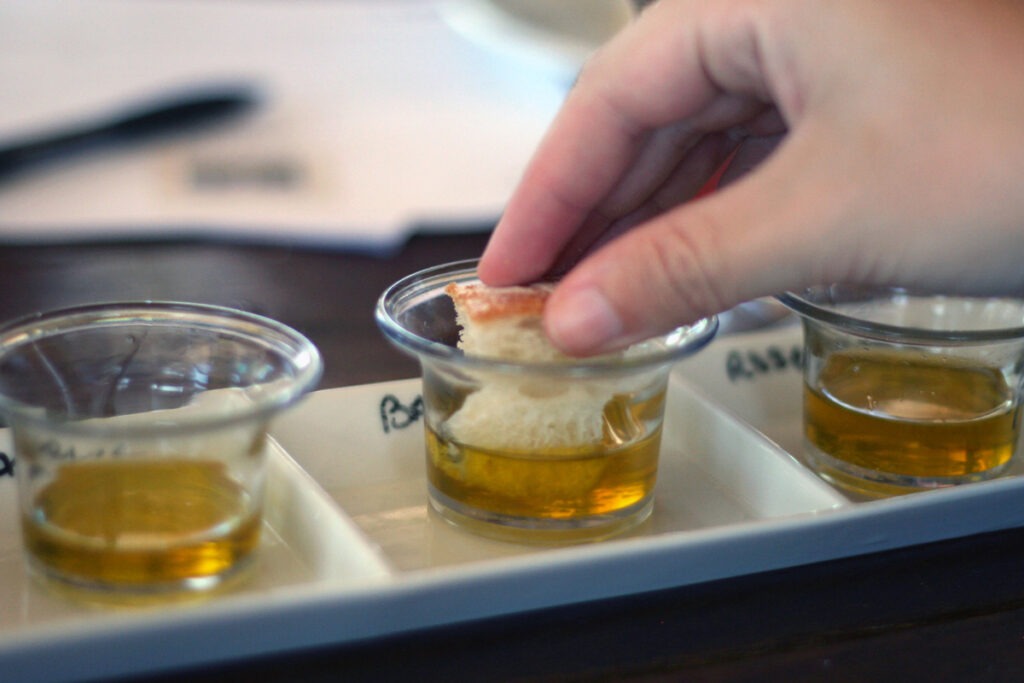About olive oil
There are different types of olive oils.
Greece produces more than 430,000 tons of olive oil annually, and more than 75% of that is Extra Virgin Olive Oil, which is the best type of olive oil.. One might then think that Greek olive oil should fill the supermarket shelves, but that is not the case, the Greeks account for only 4 percent of the oil market.

Greece’s olive oil is 75 percent extra virgin, it is usually of high quality. Extra virgin olive oil also has very good health effects. For example, it reduces the risk of heart and vascular diseases and lowers cholesterol and much more.
An extra virgin oil comes from the first pressing. No chemicals or hot water are used, it is cold-pressed and the acidity level must be below 0.8 percent. The lower the better the oil. The color of the oil can vary and this depends on when the olives are harvested and what type of olive has been used.
Greece’s oil is known for its fine taste. A good tip is to try your hand at it. All oils have a different taste and aroma depending on which olive is used and where the olive trees grow. A common olive from which olive oil is made is Koroneiki. It is usually grassy in taste with notes of almond and artichoke with a peppery aftertaste. It sounds like you’re describing a vintage wine, but it’s actually olive oils can be very exciting and they vary in taste.
Oil testing is something that is common here in Sweden. It can, for example, be done in this way like a wine tasting.
They tell about the history of the olive tree and how to harvest them.
You go through different types of olives and how the oil is produced.
Then there is a protocol that you fill in when you do the oil testing, where you fill in what tastes, smells and what color the oil has.
It is very exciting and educational.



